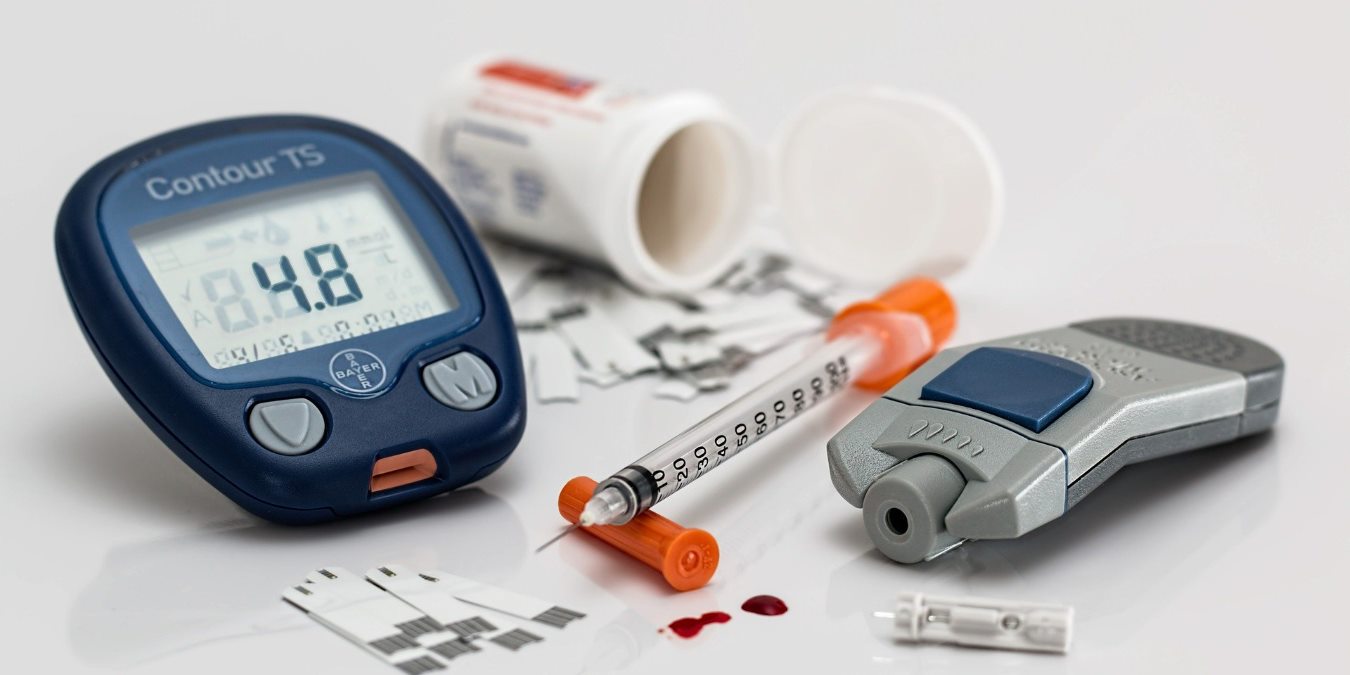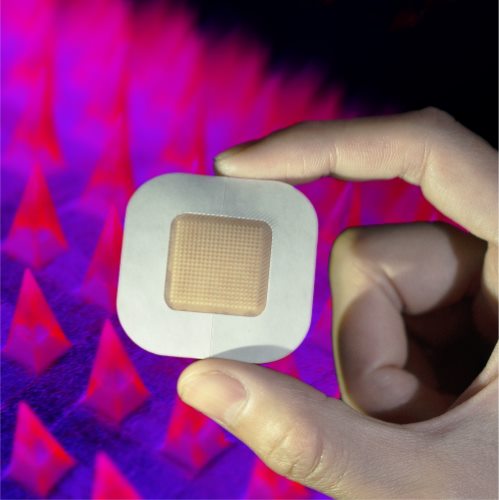
Living with diabetes is tough. Sufferers have to constantly monitor their blood sugars and inject themselves with insulin when it gets too high. Fortunately, the world of smart devices may soon make this procedure redundant, as researchers have found a way to monitor blood sugars through an insulin patch.
How Does It Work?
After the smart pill, we now have a smart insulin patch. The patch is about the size of a coin, and it does everything that a diabetes sufferer needs to stay healthy.

When the patch is stuck to the body, it uses microneedles to observe and measure the blood sugar levels. These needles are long enough to penetrate a half-millimeter underneath the skin but isn’t as painful as a full injection.
The needles are made of a polymer that can detect glucose, which is then encapsulated with insulin. When the needles detect high blood sugar levels, the polymer is activated and rapidly injects insulin into the bloodstream.
Of course, because it’s only coin-sized, it can only hold so much insulin. As such, the patches only last about a day before they need to be replaced.
However, the patch does everything that diabetes sufferers need to keep themselves in check. It monitors blood sugars and automatically distributes insulin when it gets too high.
This means that diabetic people need not worry about forgetting about a dose – the patch does it all for them. At the same time, it stops patients from overdosing on insulin, which can lead to severe health issues such as a coma.
“It has always been a dream to achieve insulin-delivery in a smart and convenient manner,” said John Buse, a co-author to the study. “This smart insulin patch, if proven safe and effective in human trials, would revolutionize the patient experience of diabetes care.”
How Far In Development Is The Patch?
So far, the patch isn’t at the stage of development where it’s fit for human purposes. However, trials on animals have proven to be very promising and show that the idea of a coin-sized patch that acts as a smart doctor isn’t so far-fetched.

The big breakthrough came when the researchers tested the patches on diabetic pigs that weighed 55 pounds on average. One patch the size of a quarter managed to maintain the pig’s blood sugar levels for 20 hours.
Of course, the jump between pigs and people is pretty big to draw any decisive conclusions about human use. Thankfully, this trial was enough to convince the U.S. Food and Drug Administration’s Emerging Technology Program to accept the patch and help regulate it for human use.
At the same time, the researchers are reaching out to the FDA to approve the patches for human trials. There’s much that needs to be checked and done before the needles are considered safe for human testing, so we may not see any results for another few years; however, if it works, it would pave the way for better treatment for diabetic people.
Patching Up the Insulin Problem
Diabetes treatment hasn’t seen many revolutions over the past few decades, but that may soon change. With these smart patches, managing diabetes may eventually be no harder than applying a band-aid.
There are already many real world examples of IoT being put to good use in health care, and these smart patches could provide yet another way to move things forward. Let us know what you think.







